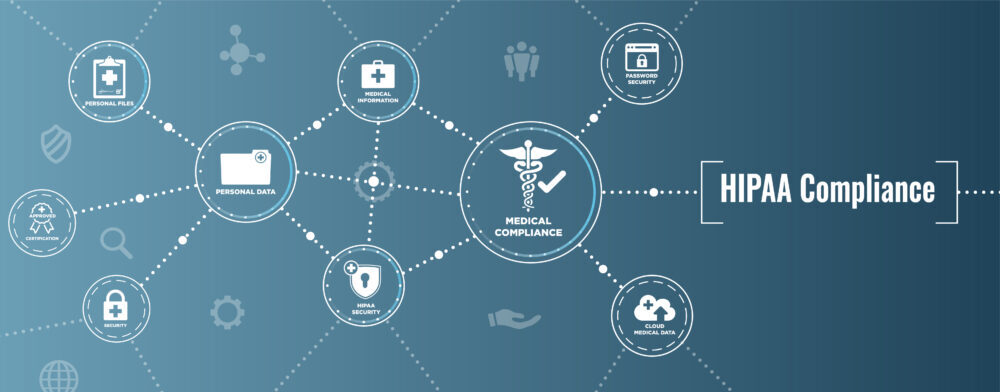The FDA’s 4 Steps for Guiding Medical Device Design & Marketing
Medical device manufacturers can market their devices in the US once they meet all applicable FDA regulations. These regulations can be broken down into four main steps and can guide medical device design. These steps simplify how the FDA regulates medical devices as per the Federal Food, Drug, and Cosmetics Act.
- Step 1: Device Classification as Per Applicable Regulatory Controls
- Step 2: Determine and Prepare the Correct Premarket Submission Package
- Step 3: Send Premarket Submission Package to FDA and Participate in the Review
- Step 4: Comply with Applicable Regulatory Controls Post FDA Clearance or Approval
Step 1: Device Classification as Per Applicable Regulatory Controls
All FDA-regulated medical devices are assigned a classification based on the device’s risk profile. High-risk medical devices are labeled class III and include products like long-term implants and pacemakers. Class II devices have a moderate risk profile and include products like ultrasonic diagnostic equipment and some surgical equipment. Low-risk medical devices like tongue depressors and bandages are class I devices.
A device’s classification is a good indication of what regulatory controls are necessary to ensure a product’s safety and efficacy profile. Generally, devices of the same classification are subject to the same regulatory controls and premarket submission packages. Regulatory controls are requirements that a manufacturer and the device must meet to market the product. These requirements include labeling requirements, claims requirements, record keeping, and reporting requirements.
Step 2: Determine and Prepare the Correct Premarket Submission Package
A premarket submission package is information a manufacturer must submit to the FDA prior to introducing a device into the market. Generally, class I devices do not require any premarket submission packages, and manufacturers can begin marketing these devices once all of the applicable regulatory controls are established. If no premarket submission package is necessary, then manufacturers can skip ahead to step 4.
There are two main types of premarket submission packages for class II and class III devices: Premarket Notifications and Premarket Approval Applications. Manufacturers can determine their device’s premarket submission requirements using the FDA’s product classification database.
Premarket Notifications, also called 510(k)s, are generally used for class II devices. These applications rely on establishing equivalency to an existing medical device based on intended use, technological characteristics, and performance testing. The medical device used to establish equivalence is called a “predicate device.”
Premarket Approval Applications (PMA) are typically used for class III devices. A PMA is different from a 510(k) because no predicate device is used to establish the product’s safety and efficacy profile. Manufacturers who submit a PMA will typically need to submit more performance data and potentially clinical data so that the FDA can evaluate the product’s safety and efficacy.
Step 3: Send Premarket Submission Package to FDA and Participate in the Review
Once a manufacturer has established all applicable regulatory controls and prepared the appropriate premarket submission package, they are ready to begin the FDA review process. Before submitting a premarket submission package, manufacturers must pay their Medical Device User Fees for the submission package. Once the fees are paid, the FDA will issue a “Medical Device User Fees Act (MDUFA) Cover Sheet.” This Cover Sheet should be included in the submission package. An electronic copy of the submission package should be submitted to the FDA according to the eCopy requirements.
Once the FDA receives the submission, they will perform an administrative review within two weeks to determine if the submission is substantially completed and ready for review. 510(k)s and PMAs are reviewed according to different timelines, and the FDA will contact the manufacturer with questions or requests for additional information through an “interactive review” process.
Step 4: Comply with Applicable Regulatory Controls Post FDA Clearance or Approval
Upon receiving FDA clearance or approval, manufacturers have a few more regulatory controls to meet before marketing the device. Manufacturers must complete establishment and registration requirements, manufacture according to cGMP, and meet labeling requirements.
Manufacturers are responsible for maintaining their FDA registrations and completing all post-market activities throughout the device’s lifetime. Step 4 is an ongoing step that manufacturers must assess periodically to ensure their product meets all FDA requirements.
If you have an idea for a medical device, DeviceLab can help you take it to production with our full-service medical device design. Regardless of whether your medical device is a Class I, Class II, or Class III, our team has the experience and knowledge to engineer your product so that it meets all FDA requirements. Contact us today to schedule your personal free and confidential consultation.








